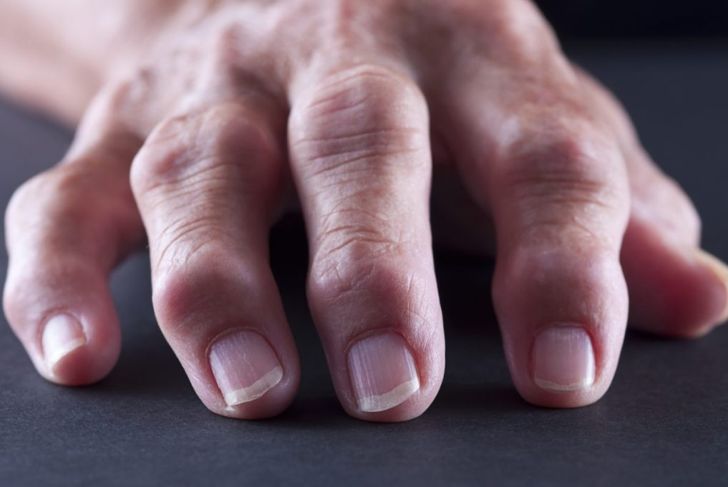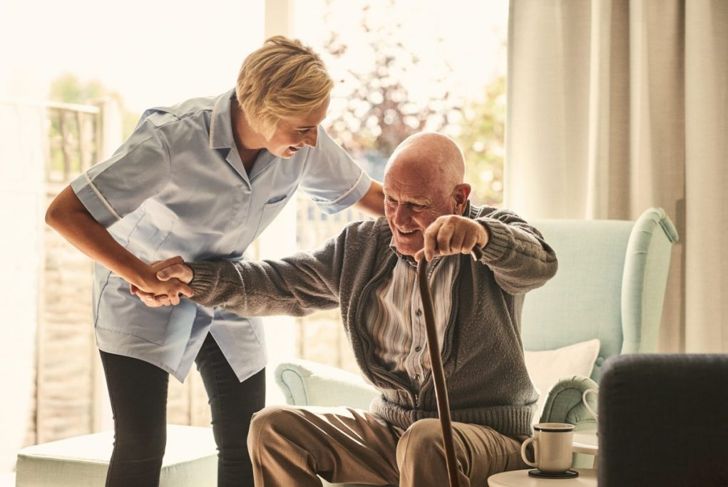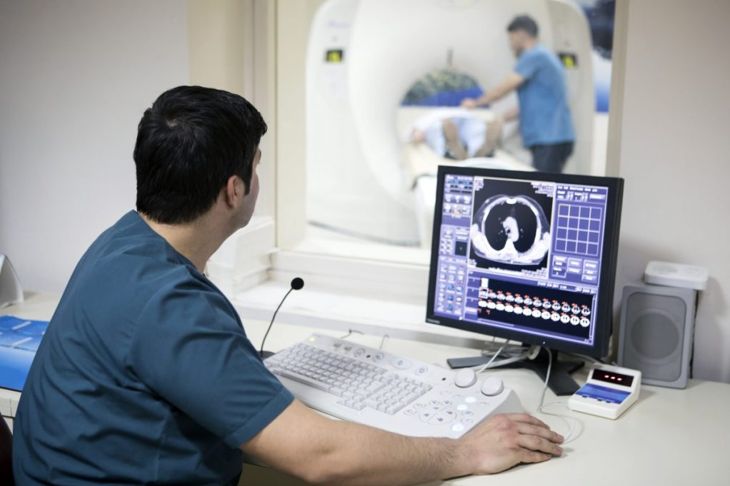An osteophyte is a type of bone spur that forms along the edges of joints. Doctors find people who have osteoarthritis or tendonitis are the most likely to develop them. The symptoms associated with osteophytes are widely varied depending on where they form. Typically, individuals can expect pain and loss of movement in the affected joint. The location also affects treatment, though this typically involves anti-inflammatory medicine and removal through surgery. Osteophytes in the legs, hips, and spine are the most common, but they can develop at any joint.
Bone Spurs vs. Osteophytes
Doctors commonly refer to osteophytes as bone spurs. However, this is not entirely correct. All osteophytes are bone spurs, but not all bone spurs are osteophytes. Osteophytes can develop several unique features that set them apart; for one thing, they specifically form inside or along the edges of the joints, while other types of bone spurs can occur in areas such as the ear canal or the palate of the mouth, as well as many other locations. Doctors often choose not to distinguish between the terms because the differences are difficult to discern and are ultimately negligible in many cases.
Osteophyte Formation
Usually, osteophytes develop in joints that are experiencing damage or degradation. Osteoarthritis is the primary cause of this degeneration, followed closely by aging in general. Other causes include disease and mechanical damage to the joint. Osteophytes usually develop from the periosteum. This is the tissue that lines bones and helps new bones grow. In some cases, the growths can also develop from the articular cartilage, the tissue that covers the ends of bones and makes it easier for the joints to move.
Central Osteophytes
Central osteophytes are those that grow in the central portion of the joints rather than along the edges, most commonly in the hips and knees. Their location appears to be the result of articular cartilage defects. When a joint experiences damage or cartilage loss, the cartilage that remains attempts to repair itself and ultimately forms an osteophyte because cartilage, in general, does not heal itself well. Central osteophytes are significantly less common than their marginal counterparts, largely because of the precursory damage necessary for their development.
Marginal Osteophytes
Doctors classify an osteophyte as marginal when it develops along the edge of a joint. They can grow on any joint in the body, though doctors the spine appears to be the most typical location. Marginal osteophytes can cause a wide variety of symptoms and effects, or have none at all. Only 40% of people with osteophytes will have symptoms that require treatment. The majority of people with asymptomatic osteophytes will never realize they have the bony growths.
Osteophytes in the Spine
The spine experiences degeneration as the body ages. This, in combination with the effects of arthritis, leads to many older individuals developing spinal osteophytes. Common symptoms of osteophytes in the spine are back or neck pain. The growths have the potential to compress the spinal cord or the nerve roots. If this happens, there can be pain, burning, or numbness. Some people may even experience motor symptoms such as spasms, cramps, and weakness.
Finger and Toe Osteophytes
Due to the slender nature of our digits, when osteophytes develop on the fingers, they can cause serious problems. Heberden’s nodes develop in the joints closes to the end of the finger or toe. Bouchard’s nodes grow in the middle joints of the fingers and toes. Both types can lead to diminished dexterity and intense pain.
Risk Factors
Many factors and conditions can contribute to osteophyte development. Older individuals are very likely to have some form of osteophyte. Athletes and other people who experience joint injuries may also have osteophyte formation. Researchers have linked things as mundane as poor posture to an increased risk for osteophyte growth. Some people may have genetics affiliated with an increased likelihood of bone spurs as well. Finally, any individual with arthritis or joint inflammation is at risk.
Complications of Osteophytes
The complications of an osteophyte largely depend on its location. Bone spurs in the knee can make walking difficult. Marginal osteophytes in the hips and legs can make standing and walking painful. Central osteophytes in these locations may prevent movement entirely. Spinal osteophytes can lead to nerve pinching which causes pain or muscle spasms. Bouchard’s nodes may lead to misaligned fingers and toes if left untreated.
Diagnosis
In areas like the fingers and toes, doctors can diagnose Bouchard’s nodes and Heberden’s nodes with a simple physical exam. If the growths are not visible from the surface, a doctor can feel the fingers or toes to detect a bump. In joints where this is not possible, a doctor may opt to perform an x-ray, MRI, or CT scan. If one experiences joint pain or loss of movement, they should visit a doctor for a diagnosis.
Treatment
Treatment for osteophytes varies widely depending on various factors. Age, the severity of joint damage, and the location of the bone spur all affect treatment. For some people, the only treatment necessary is anti-inflammatory drugs to prevent damage to the joints. Weight loss and physical therapy can reduce pressure on the joints. In extreme cases, surgeons may have to remove the osteophyte. For spinal osteophytes, the doctor may choose to widen the spinal canal to prevent any nerve compression.

 Home
Home Health
Health Diet & Nutrition
Diet & Nutrition Living Well
Living Well More
More




















